35 نصائح وأفكار للتصوير التجريدي
35 Abstract Photography Tips and Ideas
What if the most interesting subjects to photograph aren’t subjects at all – or, at least, not ones you can recognize easily? I’m referring to abstract photography, the “grand unifying genre” of photography, relevant to everything from landscapes to portraiture. Sometimes, taking an abstract photo is the best way to convey the emotions you want; in other cases, it strips your images of vital context. Hopefully, the tips and ideas in this article will help you practice it properly.
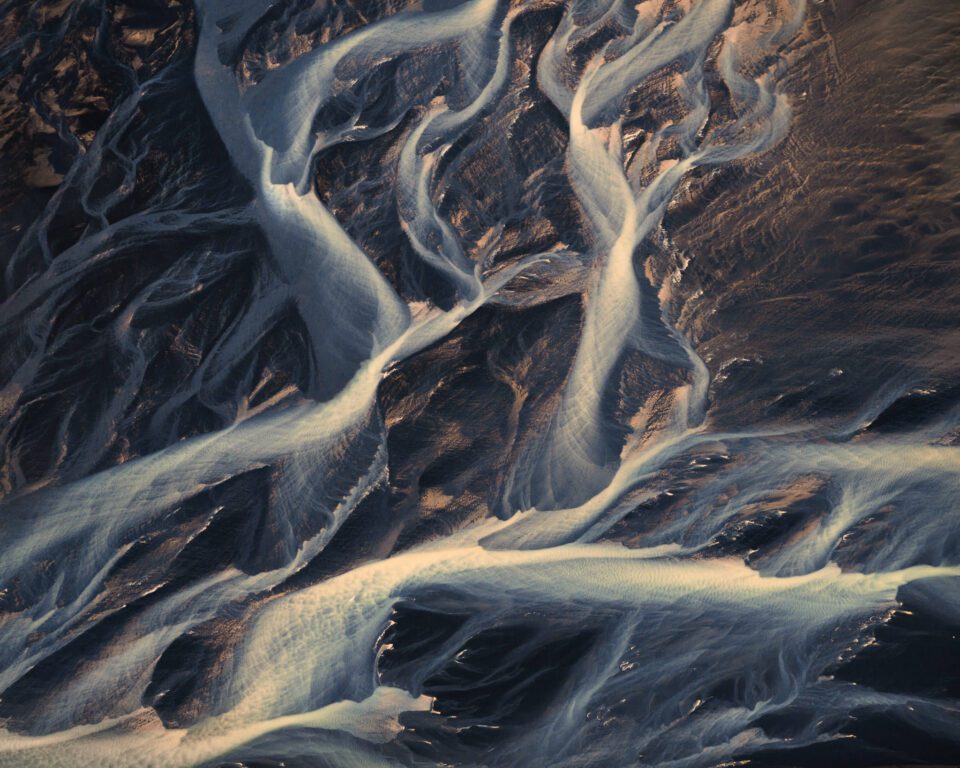 NIKON D800E + 70-200mm f/4 @ 140mm, ISO 500, 1/500, f/5.6
NIKON D800E + 70-200mm f/4 @ 140mm, ISO 500, 1/500, f/5.6
ماذا لو لم تكن الموضوعات الأكثر إثارة للاهتمام في التصوير الفوتوغرافي هي الموضوعات على الإطلاق - أو على الأقل ليست تلك التي يمكنك التعرف عليها بسهولة؟ أنا أشير إلى التصوير التجريدي، "النوع الموحد الكبير" للتصوير الفوتوغرافي، والمتعلق بكل شيء بدءًا من المناظر الطبيعية وحتى فن التصوير الشخصي. في بعض الأحيان، يكون التقاط صورة مجردة هو أفضل طريقة للتعبير عن المشاعر التي تريدها؛ وفي حالات أخرى، يؤدي ذلك إلى تجريد صورك من سياقها الحيوي. نأمل أن تساعدك النصائح والأفكار الواردة في هذه المقالة على ممارسة ذلك بشكل صحيح.
كاميرا نيكون D800E + 70-200 مم f/4 @ 140 مم، ISO 500، 1/500، f/5.6
35 Abstract Photography Tips and Ideas
What if the most interesting subjects to photograph aren’t subjects at all – or, at least, not ones you can recognize easily? I’m referring to abstract photography, the “grand unifying genre” of photography, relevant to everything from landscapes to portraiture. Sometimes, taking an abstract photo is the best way to convey the emotions you want; in other cases, it strips your images of vital context. Hopefully, the tips and ideas in this article will help you practice it properly.
 NIKON D800E + 70-200mm f/4 @ 140mm, ISO 500, 1/500, f/5.6
NIKON D800E + 70-200mm f/4 @ 140mm, ISO 500, 1/500, f/5.6ماذا لو لم تكن الموضوعات الأكثر إثارة للاهتمام في التصوير الفوتوغرافي هي الموضوعات على الإطلاق - أو على الأقل ليست تلك التي يمكنك التعرف عليها بسهولة؟ أنا أشير إلى التصوير التجريدي، "النوع الموحد الكبير" للتصوير الفوتوغرافي، والمتعلق بكل شيء بدءًا من المناظر الطبيعية وحتى فن التصوير الشخصي. في بعض الأحيان، يكون التقاط صورة مجردة هو أفضل طريقة للتعبير عن المشاعر التي تريدها؛ وفي حالات أخرى، يؤدي ذلك إلى تجريد صورك من سياقها الحيوي. نأمل أن تساعدك النصائح والأفكار الواردة في هذه المقالة على ممارسة ذلك بشكل صحيح.
كاميرا نيكون D800E + 70-200 مم f/4 @ 140 مم، ISO 500، 1/500، f/5.6

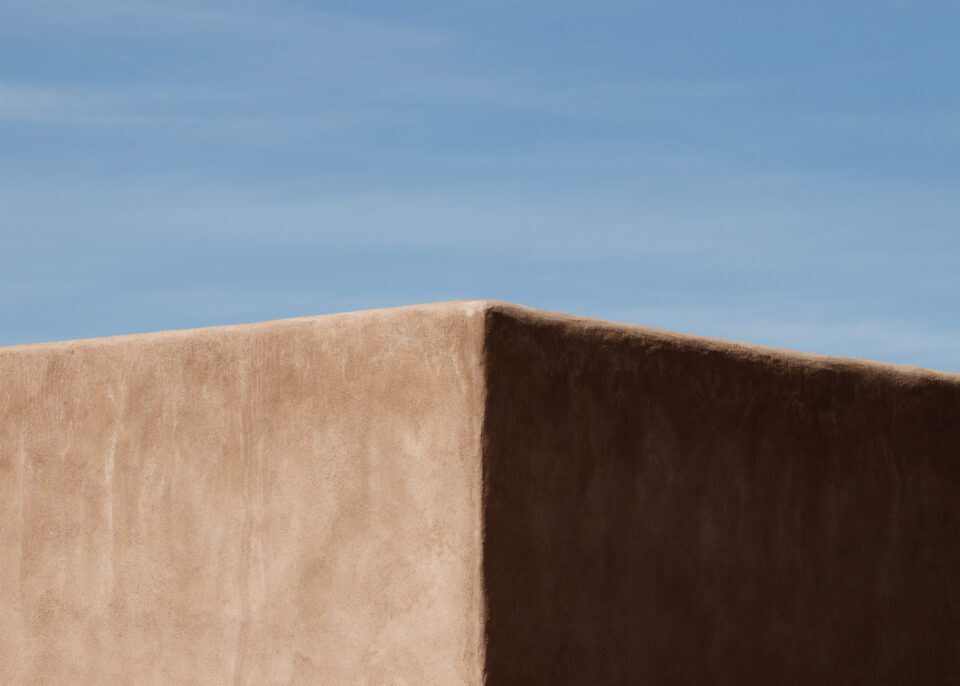
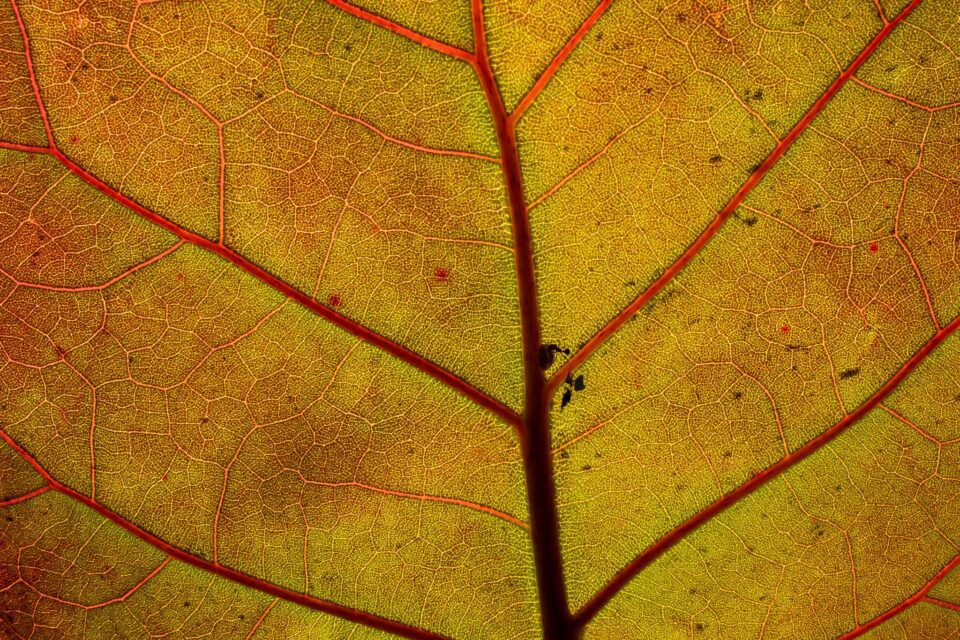

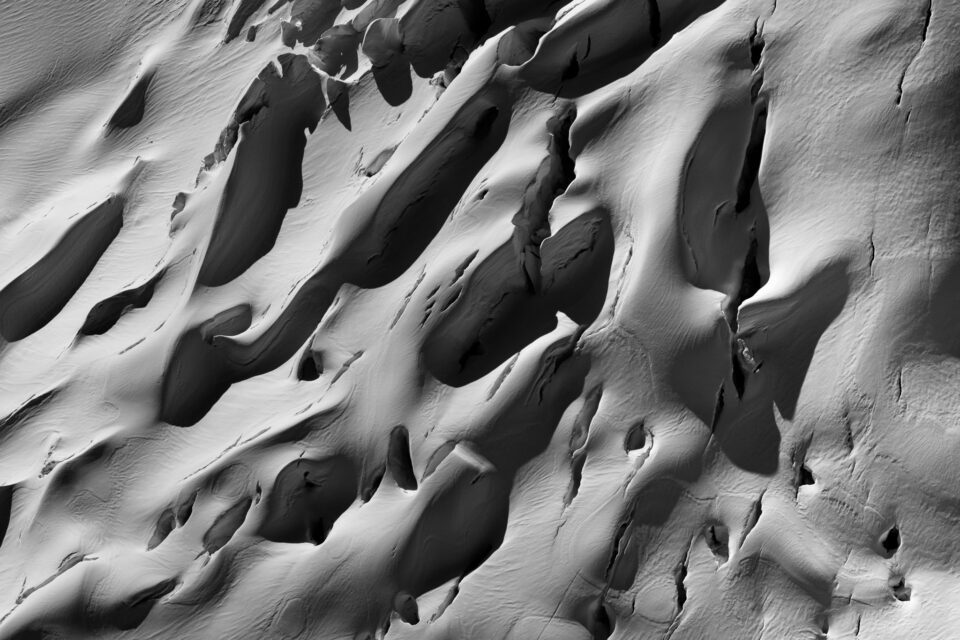
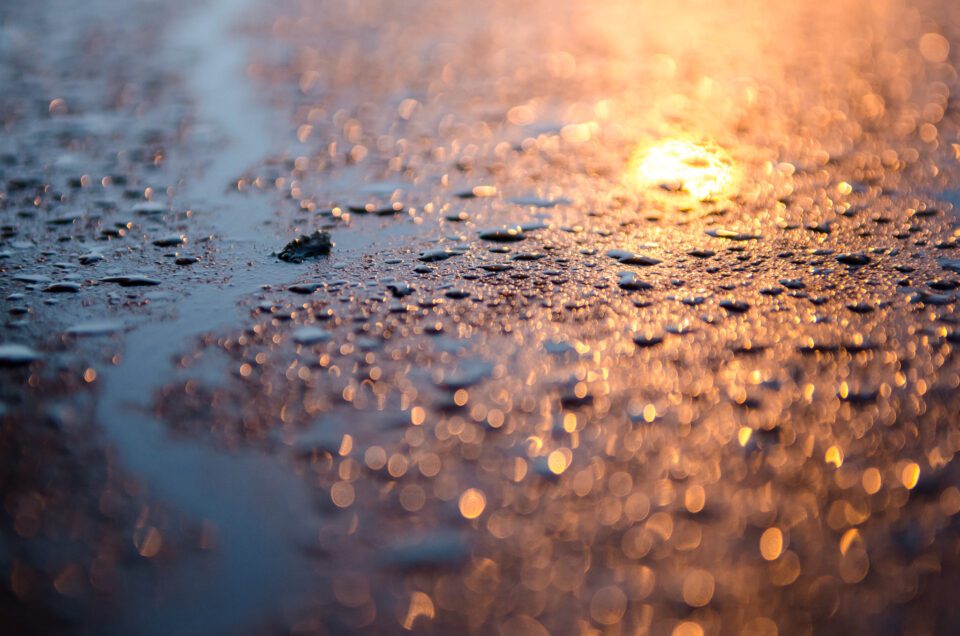
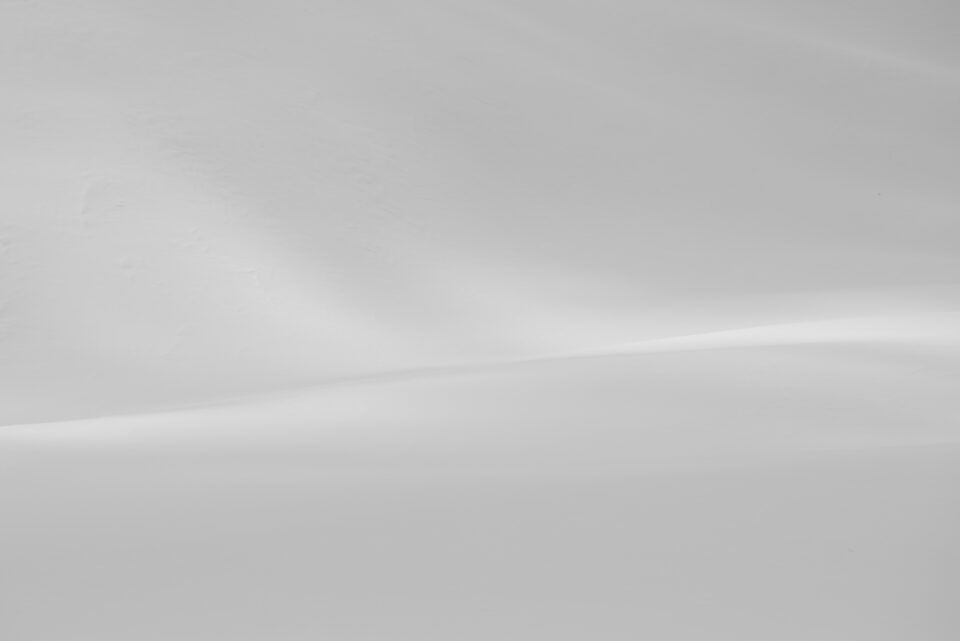
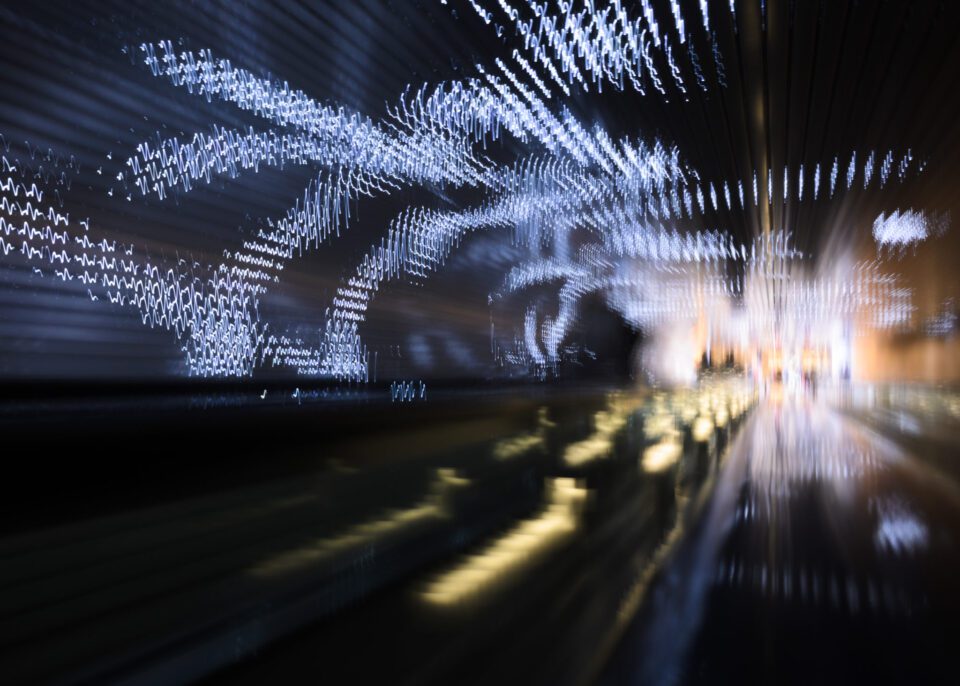
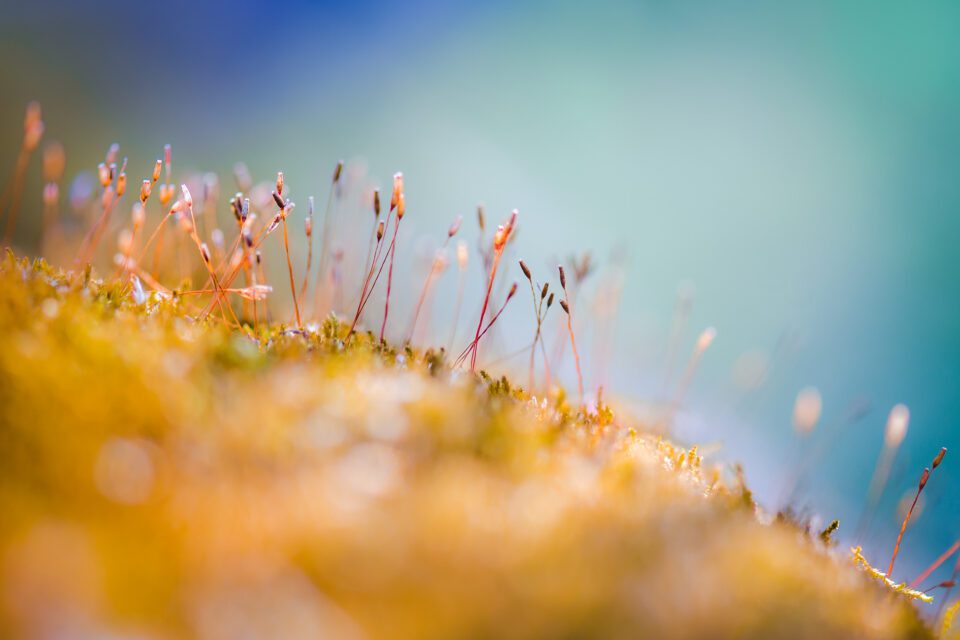
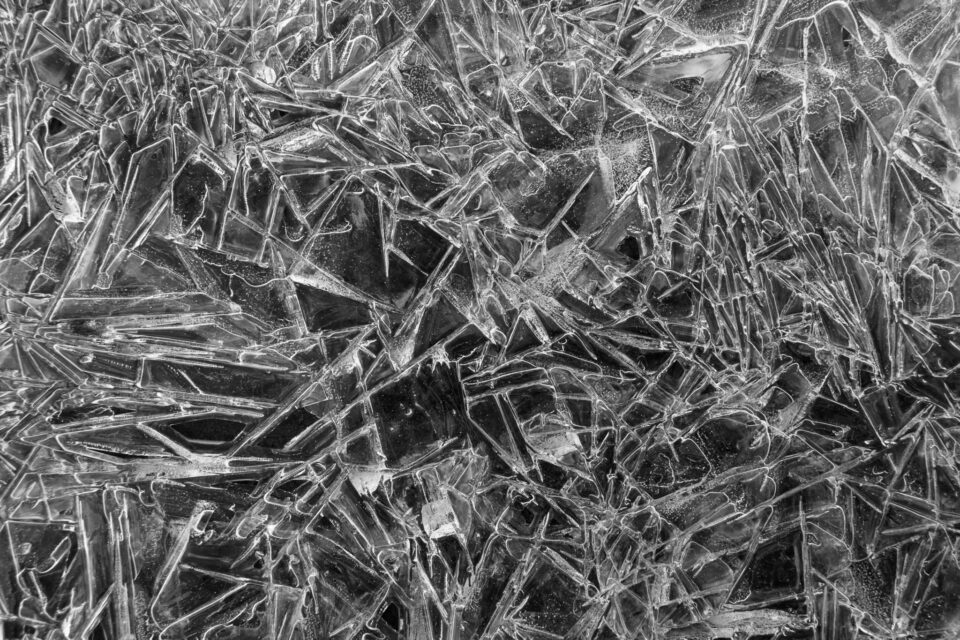
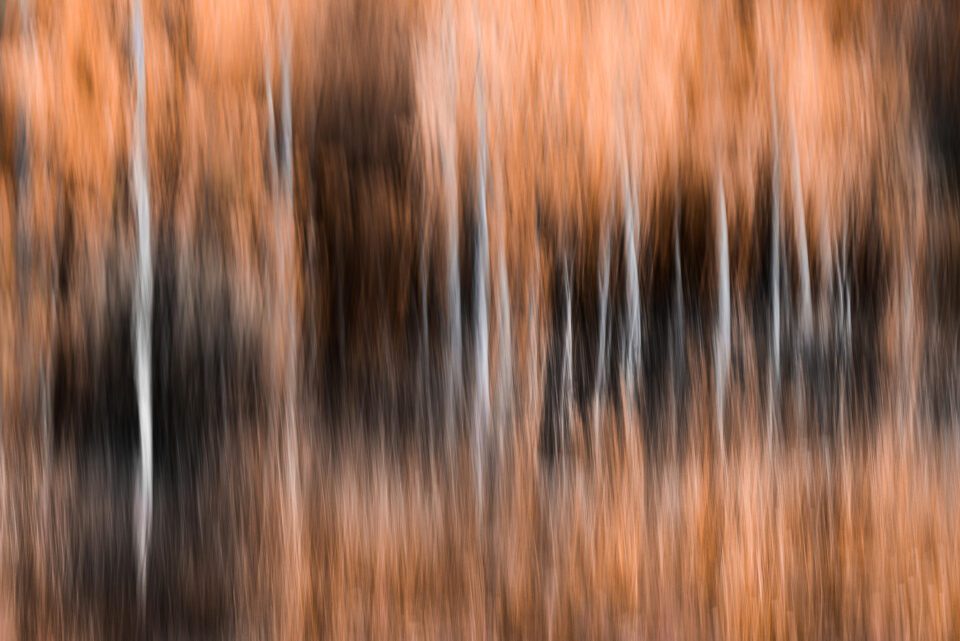
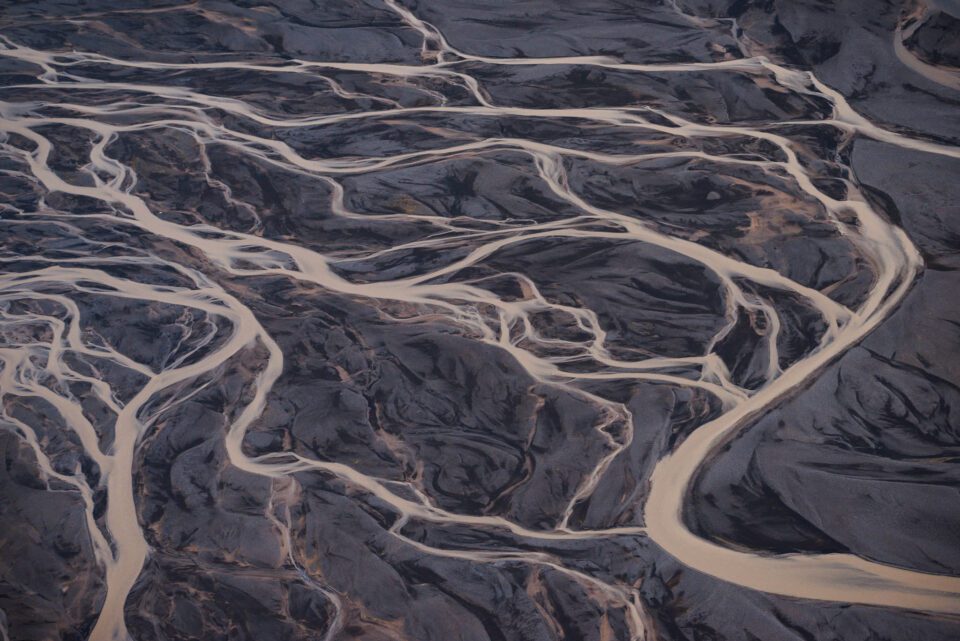
تعليق